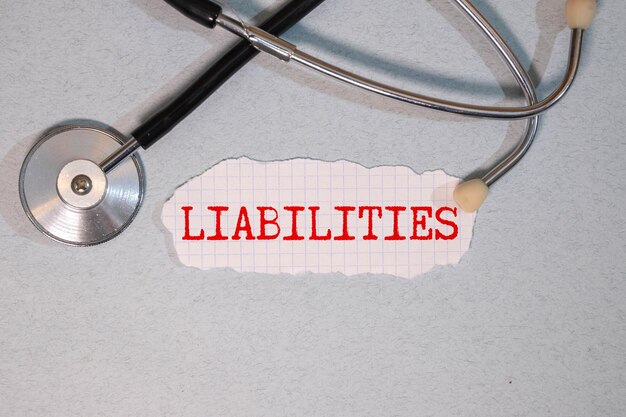How to Cancel Medicare: A Simple Guide for a Complex Process
Medicare is a vital program for many, providing necessary health insurance for Americans over the age of 65 and certain younger people with disabilities. However, life isn't static, and there may come a time when you'll need to cancel your Medicare coverage. Whether it's because you've secured better private insurance or are moving out of the country, here's how to navigate this critical yet sensitive process.
Understanding Your Medicare Coverage
Before making any hasty decisions, it's essential to understand what parts of Medicare you are enrolled in:
- Medicare Part A: Hospital insurance, usually premium-free for most people.
- Medicare Part B: Medical insurance that covers outpatient care and requires a premium.
- Medicare Part C (Medicare Advantage): Alternative to Original Medicare offered by private companies.
- Medicare Part D: Prescription drug coverage.
Steps to Cancel Medicare Part B
Medicare Part B is often the part people consider canceling due to its monthly premium. To cancel Part B:
Submit a Form CMS-1763: You cannot disenroll online. You'll need to fill out the "Request for Termination of Premium Hospital and/or Medical Insurance" form. This requires a personal meeting with a Social Security representative.
Schedule an Appointment: Contact Social Security by calling them directly to set up an appointment.
Prepare Documentation: Bring necessary identification and any supporting documentation for your appointment.
Consider Your Timing: Canceling Part B means losing coverage for outpatient services and doctors' visits, potentially exposing you to significant medical costs. Re-enrollment may be restricted to specific periods and could involve late enrollment penalties.
What About Part A, C, and D?
Medicare Part A: Generally cannot be canceled if you're retired and receiving Social Security benefits, as it lacks a premium for most people.
Medicare Part C (Medicare Advantage): You can disenroll during the Medicare Advantage Disenrollment Period (Jan 1 - Feb 14) by contacting your plan directly.
Medicare Part D: Coverage can be terminated by contacting your plan provider, usually during the Open Enrollment Period (October 15 - December 7).
Consider Alternative Coverage Options
Canceling Medicare could expose you to significant out-of-pocket costs unless you have other reliable insurance coverage. Before proceeding:
Compare Private Insurance Plans: Explore if private insurance offers better coverage at a similar cost.
Begin Exploring Medicaid: If you are low income, Medicaid could offer a comprehensive alternative to Medicare.
Check Employer Insurance: If you or a spouse has resumed work, check whether employer-provided insurance can serve as a viable alternative.
Financial Assistance and Educational Resources
The decision to cancel Medicare often intertwines with complex financial considerations. To navigate these, knowing your options can help alleviate the burden:
Government Aid Programs: 🌟
- State-Sponsored Health Programs: Offer potential aid for those who find Medicare premiums overwhelming.
- Low Income Subsidy (Extra Help): For prescription medications, reducing copayments and premiums.
Credit Solutions: 💳
- Debt Management Plans: Aid in handling existing medical debt.
- Balance Transfer Credit Cards: Temporarily resolve cash flow issues for uninsured medical expenses.
Educational Grants: 🎓
- Financial Literacy Courses: Gain knowledge on insurance and financial planning.
- Government Education Grants: For seniors considering continued education, aiding in career transitions that might offer employer insurance benefits.
While canceling Medicare is certainly not a decision to be made lightly, understanding the steps involved ensures you are prepared and protected against gaps in essential health coverage. Always consult with financial and health care professionals to tailor the best strategy for your unique situation.

Related Topics
- Am I Elgible For Medicare
- Am I Enrolled In Medicare
- Am I Qualified For Medicare
- Are Adult Diapers Covered By Medicare
- Are Chemotherapy Drugs Covered By Medicare Part d
- Are Colonoscopies Covered By Medicare
- Are Covid Tests Covered By Medicare
- Are Cpap Machines Covered By Medicare
- Are Cpap Supplies Covered By Medicare
- Are Dental Implants Covered By Medicare